Are Supercars A Waste Of Money?
Amongst many other questions that desperately require answering, we’ve decided to tackle this – one of the world’s most important deliberations. So are supercars actually worth the money?


Amongst many other questions that desperately require answering, we’ve decided to tackle this – one of the world’s most important deliberations.
So are supercars actually worth the money?
We start by defining the term “supercar”.
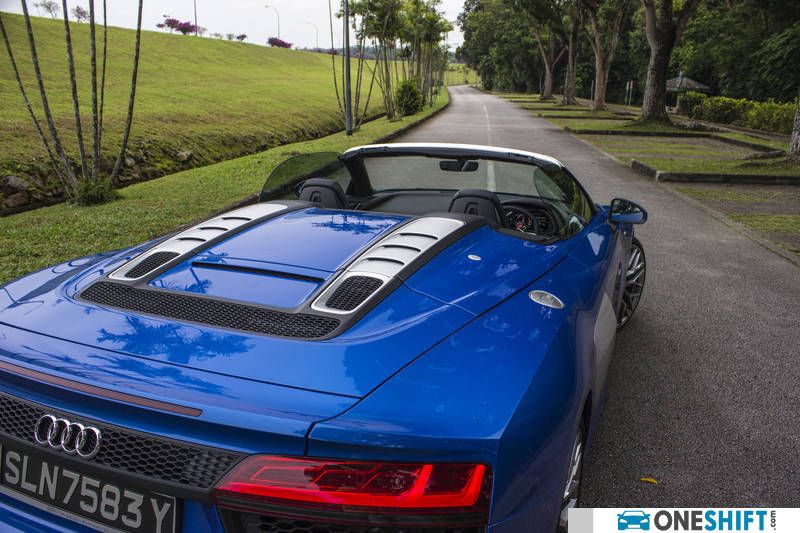
For the purpose of this piece, it’s going to be a loosely defined term – something that is relatively expensive, out of reach of most people, unnecessarily powerful, subjective design and also makes a heck of a racket.
Sounds about right then, for the average supercar.
And it doesn’t even matter where in the world you buy them.
Singapore may have some of the highest car prices in the world due to the complex tax structure (link here to the tax article), but supercars are pricey anywhere in the world.
Where cars cost around about twenty thousand dollars, supercars tend to cost somewhere in the high hundred thousand and beyond.
Here, the average family car is a smidge below a hundred grand, supercars start around six or seven hundred.
So you see it doesn’t matter the price – relativity is the name of the game.
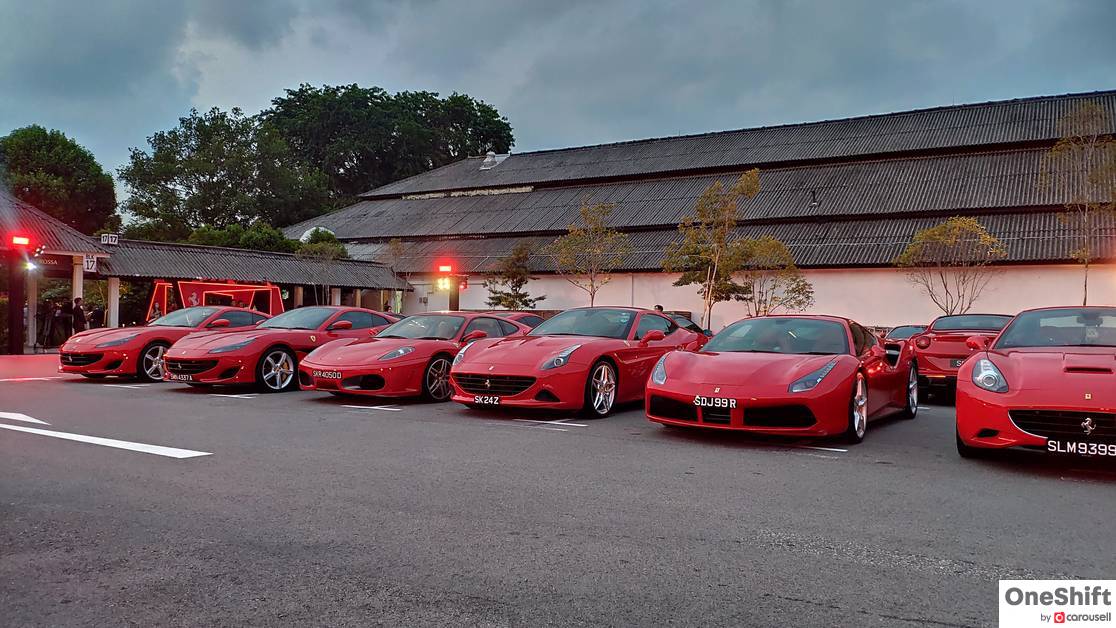
Now then, is spending a few times (at least) the price of a “regular” car for an exotic worthwhile?
There’s no right or wrong answer here, because worth is in the eye of the spender.
What we’ll do then is exhort some merits of what supercars are (and perhaps need to be) while weighing them against the sort of crap you put up with in supercars to see if there’s a balance; and also where the scales tip.
For starters, supercars drive well. Or at least they claim to and they really should. After all, if a car is supposed to be used for driving, a super-car really ought to be super good to drive.
This is usually derived from a) a powerful engine, b) stiffened suspension and c) sportily engineered chassis and steering.
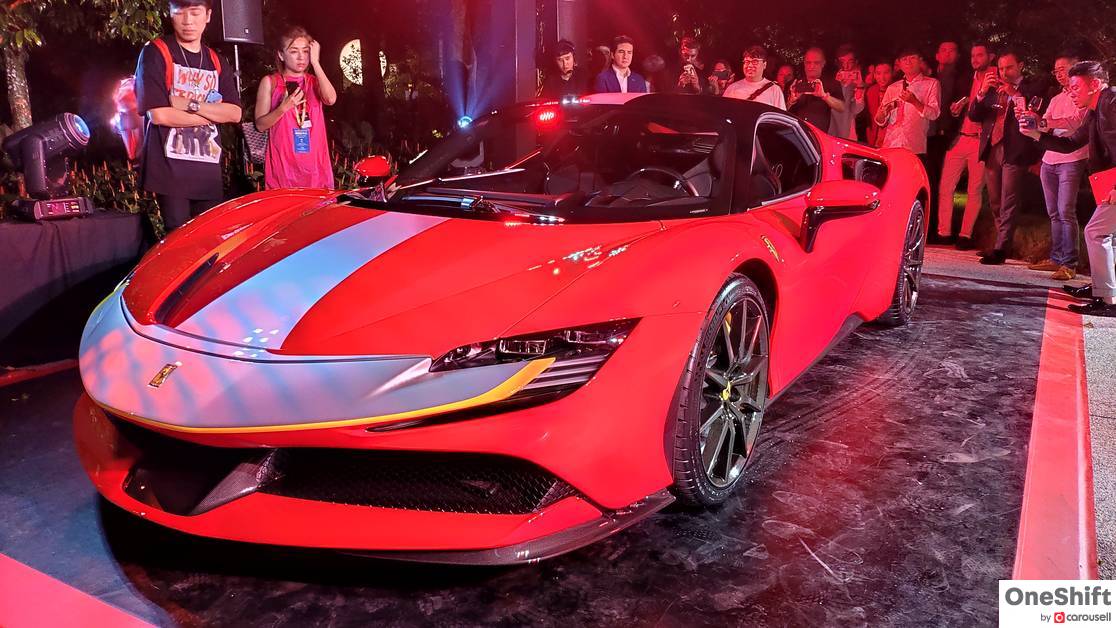
Too many times people say that all of the above is unnecessary – normal cars do it all just the same. However, when you consider that these days all of the performance in a supercar is readily accessible from the get go (think turbo engines that deliver torque immediately), you realise that even when not driving at the limits of the supercar you still actually get quite an engaging experience.
Immediate response, quick off the line, zippy performance and direct steering which responds at the speed of your thoughts. So if you consider the driving experience compared to lesser cars, you actually get what you pay for.
A wise man once said: if you don’t look back every time you park and leave your car, you bought the wrong car.
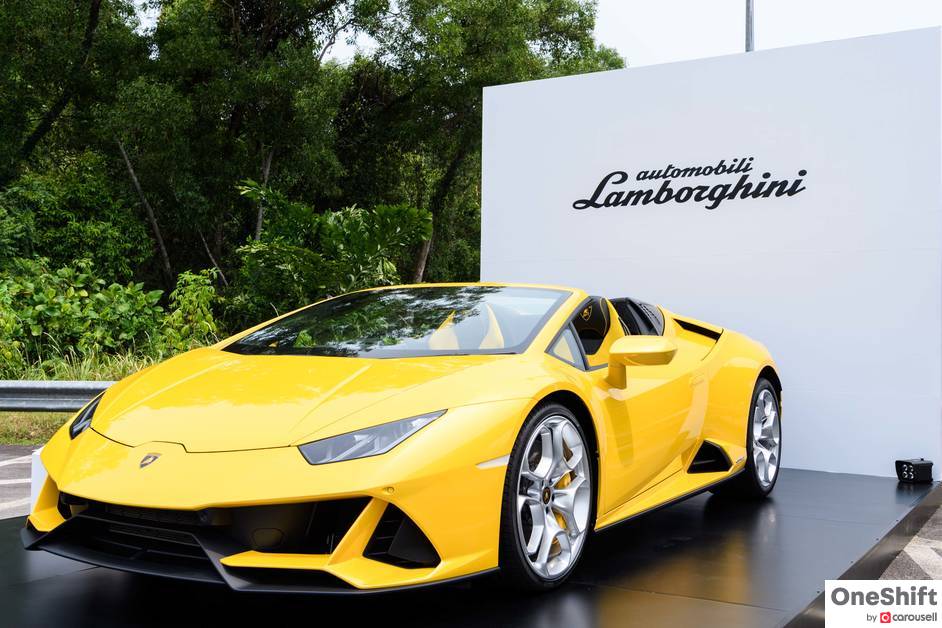
Supercars are typically designed to be evocative in terms of the way they look – take for example the Aston Martin Vanquish. It is one heck of a good looking car, even though it may be built of a platform that’s decades old and has a Ford engine.
Speaking of said Ford engine, when you crank and start a supercar, the ridiculous noise that it makes also makes your heart ache in joy.
So there’s a huge emotional appeal then, not only from the drive but also the look and sound of a supercar.
Then there’s also handcrafted luxury and a wealth of exotic materials from crystals to carbon fibre which really create an atmosphere that’s not found even in luxury cars like an Audi A8.
Now that we’ve established what supercars are good for, let’s find some fault with them.
The main gripe – they’re impractical.
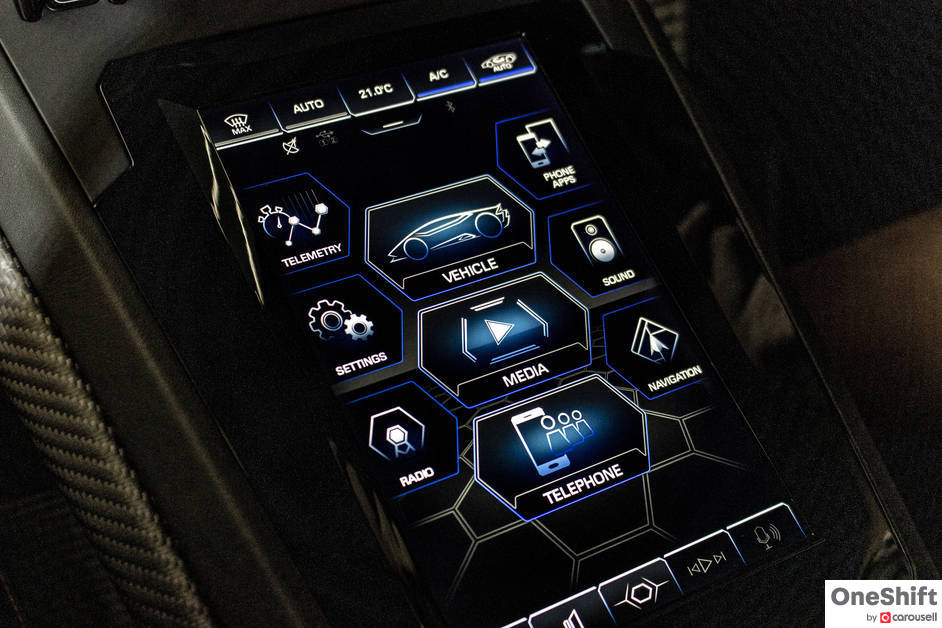
So there’s usually no boot – sometimes you have to deal with a front boot (froot?). There are sometimes no cupholders, no glove boxes and no amenities.
Up until the 488 GTB, you couldn't start a Ferrari without having first to unlock it via the key fob and then manually inserting and turning the key.
Keyless entry is available in an entry level Hyundai – but a million dollar Italian car can’t even be optioned with it?!
Then there’s a height restriction – supercars are typically low to the ground to ensure that their centre of gravity is low. Which means scraping over humps, multi-storey carpark ramps and even damaging your rear diffuser when reversing into a normal parking lot with higher than average wheel stops.
All of that also means a hefty repair bill – because a) a carbon fibre diffuser is really expensive because it’s made of carbon fibre and b) supercar aftersales charge more because they can.
But when you compare what you get from the car versus what you have to put up with in terms of practicality you realise that there are two simple solutions.
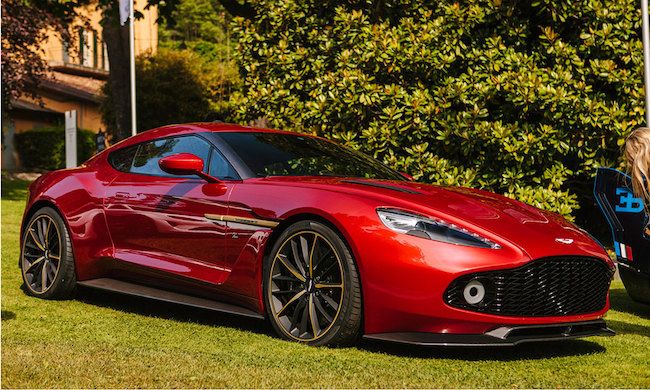
The first, buy a supercar that actually isn’t all that impractical. Pick a front-mid engine car such as the aforementioned Aston Martin Vanquish, where you have a boot and seating for four.
And the second – use your luxury car on days you need to be practical and take your supercar out every other time that you just want to bask in the sound of the fully open throttle of a V12 engine.
Credits:


Get the Best Price for your used car
from 500+ dealers in 24 hours

- Convenient and Hassle-Free
- Consumer Protection
Transparent Process
With No Obligation








